- Medspa Essentials
- Aestheticians
- Apparel
- Clinic Furniture
- Devices
- Pharmaceutical & Medical Supplies
- Safety Supplies
- Training & Services
- Vendors
- Acara Partners
- Aesthetic Record
- Aesthetic Next
- American Med Spa Association
- CEDR HR Solutions
- Cervello & Co.
- Colorescience
- CosmoGlo
- Docovia
- Eden Skin And Body
- Endless Attraction
- FACE Med Store
- Healexir
- KA Ring Designs
- LIFTIE Aspirator
- Massage Tools
- Merit Pharmaceutical
- National Medical Directors
- Post Love Skincare
- Rana Kennelley
- Renee John Uniforms
- Source One Beauty
- SyringeRack
- The Aesthetic Immersion
- Velez by Vesna
- We Treat
- Compare
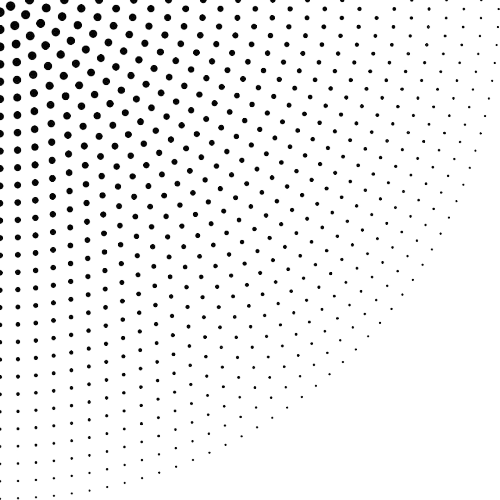
UPNEEQ® (oxymetazoline hydrochloride ophthalmic solution)
Categories Pharmacy, Prescription (Rx) Drugs & Supplies
Tags blepharoptosis treatment, eyes, low-lying lids, prescription eyedrop, UPNEEQ
Brand: RVL
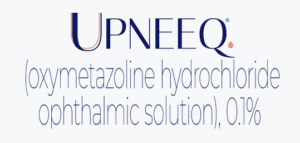
At RVL Pharmaceuticals, we strive to improve patients’ lives by providing innovative, clinically proven products that can help reshape how we approach ocular health.
Our current focus is delivering new products, such as Upneeq® (oxymetazoline hydrochloride ophthalmic solution), 0.1%, to address a significant unmet need among patients.
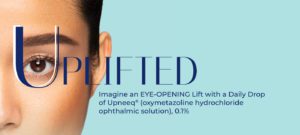
Meet Upneeq
Upneeq is the only FDA-approved prescription eyedrop for acquired ptosis (low-lying lids) that lifts your upper eyelids to open your eyes
Impact of Low-Lying Lids
Low-lying lids can affect the way you look and see things.
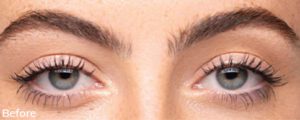
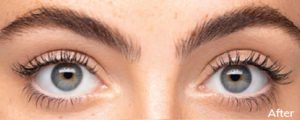
Actual patient image courtesy of Dr. Robert Schwarcz. Individual results may vary. Average upper eyelid lift with Upneeq in clinical studies was 1 mm.
Why do my eyelids look low?
If your eyes look “tired” or “sleepy,” you may have a condition called acquired blepharoptosis (also known as acquired ptosis or low-lying lids).

IMPORTANT SAFETY INFORMATION
What is UPNEEQ?
UPNEEQ® (oxymetazoline hydrochloride ophthalmic solution), 0.1% is a prescription eyedrop used to treat acquired blepharoptosis (low-lying lids) in adults.
What warnings and precautions are associated with UPNEEQ?
- Low-lying lids may be related to conditions such as stroke and/or brain aneurysm, Horner syndrome, myasthenia gravis, loss of the ability to move eye muscles, eye infection and eye tumors. Tell your doctor if you have any of these conditions.
- UPNEEQ is a type of medication that may affect your blood pressure. If you have heart disease, uncontrolled high or low blood pressure, or feel faint at rest or when quickly standing up, you should call your doctor if your symptoms get worse.
- Patients with reduced blood flow to the brain or heart, or patients who experience eye or mouth dryness due to an immune system disorder (Sjögren’s syndrome), should use care when taking UPNEEQ. Call your doctor immediately if you feel your symptoms may be getting worse.
- UPNEEQ may increase the risk of eye pressure due to fluid buildup (angle-closure glaucoma) in patients with untreated narrow-angle glaucoma. Call your doctor immediately if you feel increased pressure in your eye after using UPNEEQ.
- Do not let the tip of the UPNEEQ vial touch your eye or any other surface. This can help prevent eye injury or contamination. Each UPNEEQ vial is for one-time use and should be discarded after being used.
What are the most common side effects of UPNEEQ?
The most common adverse reactions with UPNEEQ (occurring in 1-5% of patients) were eye inflammation, eye redness, dry eye, blurred vision, eye pain at time of use, eye irritation, and headache.
What should my doctor know about before prescribing me UPNEEQ?
- Your doctor should review your full medical history before prescribing UPNEEQ.
- UPNEEQ belongs to a class of medication (alpha-adrenergic agonists) that may affect your blood pressure. Use UPNEEQ carefully if you currently take an alpha-adrenergic agonist medication to treat heart disease or an enlarged prostate. Patients taking beta-blockers, or other medications to treat hypertension or an abnormal heartbeat, should also be careful when using UPNEEQ.
- Patients who use a certain class of antidepressant medication (monoamine oxidase inhibitors) should also be careful when using UPNEEQ, as it may affect the way your body absorbs the medication.
These are not all of the possible side effects of UPNEEQ. Tell your doctor if you have any side effect that bothers you or does not go away. Call your doctor for medical advice about side effects.
Be the first to review “UPNEEQ® (oxymetazoline hydrochloride ophthalmic solution)” Cancel reply
You must be logged in to post a review.
This site uses Akismet to reduce spam. Learn how your comment data is processed.
No product has been found!
Product Enquiry

At RVL Pharmaceuticals, we strive to improve patients’ lives by providing innovative, clinically proven products that can help reshape how we approach ocular health.
Our current focus is delivering new products, such as Upneeq® (oxymetazoline hydrochloride ophthalmic solution), 0.1%, to address a significant unmet need among patients.

Meet Upneeq
Upneeq is the only FDA-approved prescription eyedrop for acquired ptosis (low-lying lids) that lifts your upper eyelids to open your eyes
Impact of Low-Lying Lids
Low-lying lids can affect the way you look and see things.


Actual patient image courtesy of Dr. Robert Schwarcz. Individual results may vary. Average upper eyelid lift with Upneeq in clinical studies was 1 mm.
Why do my eyelids look low?
If your eyes look “tired” or “sleepy,” you may have a condition called acquired blepharoptosis (also known as acquired ptosis or low-lying lids).

IMPORTANT SAFETY INFORMATION
What is UPNEEQ?
UPNEEQ® (oxymetazoline hydrochloride ophthalmic solution), 0.1% is a prescription eyedrop used to treat acquired blepharoptosis (low-lying lids) in adults.
What warnings and precautions are associated with UPNEEQ?
- Low-lying lids may be related to conditions such as stroke and/or brain aneurysm, Horner syndrome, myasthenia gravis, loss of the ability to move eye muscles, eye infection and eye tumors. Tell your doctor if you have any of these conditions.
- UPNEEQ is a type of medication that may affect your blood pressure. If you have heart disease, uncontrolled high or low blood pressure, or feel faint at rest or when quickly standing up, you should call your doctor if your symptoms get worse.
- Patients with reduced blood flow to the brain or heart, or patients who experience eye or mouth dryness due to an immune system disorder (Sjögren’s syndrome), should use care when taking UPNEEQ. Call your doctor immediately if you feel your symptoms may be getting worse.
- UPNEEQ may increase the risk of eye pressure due to fluid buildup (angle-closure glaucoma) in patients with untreated narrow-angle glaucoma. Call your doctor immediately if you feel increased pressure in your eye after using UPNEEQ.
- Do not let the tip of the UPNEEQ vial touch your eye or any other surface. This can help prevent eye injury or contamination. Each UPNEEQ vial is for one-time use and should be discarded after being used.
What are the most common side effects of UPNEEQ?
The most common adverse reactions with UPNEEQ (occurring in 1-5% of patients) were eye inflammation, eye redness, dry eye, blurred vision, eye pain at time of use, eye irritation, and headache.
What should my doctor know about before prescribing me UPNEEQ?
- Your doctor should review your full medical history before prescribing UPNEEQ.
- UPNEEQ belongs to a class of medication (alpha-adrenergic agonists) that may affect your blood pressure. Use UPNEEQ carefully if you currently take an alpha-adrenergic agonist medication to treat heart disease or an enlarged prostate. Patients taking beta-blockers, or other medications to treat hypertension or an abnormal heartbeat, should also be careful when using UPNEEQ.
- Patients who use a certain class of antidepressant medication (monoamine oxidase inhibitors) should also be careful when using UPNEEQ, as it may affect the way your body absorbs the medication.
These are not all of the possible side effects of UPNEEQ. Tell your doctor if you have any side effect that bothers you or does not go away. Call your doctor for medical advice about side effects.
Be the first to review “UPNEEQ® (oxymetazoline hydrochloride ophthalmic solution)” Cancel reply
You must be logged in to post a review.
This site uses Akismet to reduce spam. Learn how your comment data is processed.
Reviews
There are no reviews yet.
No product has been found!
Product Enquiry

At RVL Pharmaceuticals, we strive to improve patients’ lives by providing innovative, clinically proven products that can help reshape how we approach ocular health.
Our current focus is delivering new products, such as Upneeq® (oxymetazoline hydrochloride ophthalmic solution), 0.1%, to address a significant unmet need among patients.

Meet Upneeq
Upneeq is the only FDA-approved prescription eyedrop for acquired ptosis (low-lying lids) that lifts your upper eyelids to open your eyes
Impact of Low-Lying Lids
Low-lying lids can affect the way you look and see things.


Actual patient image courtesy of Dr. Robert Schwarcz. Individual results may vary. Average upper eyelid lift with Upneeq in clinical studies was 1 mm.
Why do my eyelids look low?
If your eyes look “tired” or “sleepy,” you may have a condition called acquired blepharoptosis (also known as acquired ptosis or low-lying lids).

IMPORTANT SAFETY INFORMATION
What is UPNEEQ?
UPNEEQ® (oxymetazoline hydrochloride ophthalmic solution), 0.1% is a prescription eyedrop used to treat acquired blepharoptosis (low-lying lids) in adults.
What warnings and precautions are associated with UPNEEQ?
- Low-lying lids may be related to conditions such as stroke and/or brain aneurysm, Horner syndrome, myasthenia gravis, loss of the ability to move eye muscles, eye infection and eye tumors. Tell your doctor if you have any of these conditions.
- UPNEEQ is a type of medication that may affect your blood pressure. If you have heart disease, uncontrolled high or low blood pressure, or feel faint at rest or when quickly standing up, you should call your doctor if your symptoms get worse.
- Patients with reduced blood flow to the brain or heart, or patients who experience eye or mouth dryness due to an immune system disorder (Sjögren’s syndrome), should use care when taking UPNEEQ. Call your doctor immediately if you feel your symptoms may be getting worse.
- UPNEEQ may increase the risk of eye pressure due to fluid buildup (angle-closure glaucoma) in patients with untreated narrow-angle glaucoma. Call your doctor immediately if you feel increased pressure in your eye after using UPNEEQ.
- Do not let the tip of the UPNEEQ vial touch your eye or any other surface. This can help prevent eye injury or contamination. Each UPNEEQ vial is for one-time use and should be discarded after being used.
What are the most common side effects of UPNEEQ?
The most common adverse reactions with UPNEEQ (occurring in 1-5% of patients) were eye inflammation, eye redness, dry eye, blurred vision, eye pain at time of use, eye irritation, and headache.
What should my doctor know about before prescribing me UPNEEQ?
- Your doctor should review your full medical history before prescribing UPNEEQ.
- UPNEEQ belongs to a class of medication (alpha-adrenergic agonists) that may affect your blood pressure. Use UPNEEQ carefully if you currently take an alpha-adrenergic agonist medication to treat heart disease or an enlarged prostate. Patients taking beta-blockers, or other medications to treat hypertension or an abnormal heartbeat, should also be careful when using UPNEEQ.
- Patients who use a certain class of antidepressant medication (monoamine oxidase inhibitors) should also be careful when using UPNEEQ, as it may affect the way your body absorbs the medication.
These are not all of the possible side effects of UPNEEQ. Tell your doctor if you have any side effect that bothers you or does not go away. Call your doctor for medical advice about side effects.
Be the first to review “UPNEEQ® (oxymetazoline hydrochloride ophthalmic solution)” Cancel reply
You must be logged in to post a review.
This site uses Akismet to reduce spam. Learn how your comment data is processed.
Reviews
There are no reviews yet.
No product has been found!
Product Enquiry

At RVL Pharmaceuticals, we strive to improve patients’ lives by providing innovative, clinically proven products that can help reshape how we approach ocular health.
Our current focus is delivering new products, such as Upneeq® (oxymetazoline hydrochloride ophthalmic solution), 0.1%, to address a significant unmet need among patients.

Meet Upneeq
Upneeq is the only FDA-approved prescription eyedrop for acquired ptosis (low-lying lids) that lifts your upper eyelids to open your eyes
Impact of Low-Lying Lids
Low-lying lids can affect the way you look and see things.


Actual patient image courtesy of Dr. Robert Schwarcz. Individual results may vary. Average upper eyelid lift with Upneeq in clinical studies was 1 mm.
Why do my eyelids look low?
If your eyes look “tired” or “sleepy,” you may have a condition called acquired blepharoptosis (also known as acquired ptosis or low-lying lids).

IMPORTANT SAFETY INFORMATION
What is UPNEEQ?
UPNEEQ® (oxymetazoline hydrochloride ophthalmic solution), 0.1% is a prescription eyedrop used to treat acquired blepharoptosis (low-lying lids) in adults.
What warnings and precautions are associated with UPNEEQ?
- Low-lying lids may be related to conditions such as stroke and/or brain aneurysm, Horner syndrome, myasthenia gravis, loss of the ability to move eye muscles, eye infection and eye tumors. Tell your doctor if you have any of these conditions.
- UPNEEQ is a type of medication that may affect your blood pressure. If you have heart disease, uncontrolled high or low blood pressure, or feel faint at rest or when quickly standing up, you should call your doctor if your symptoms get worse.
- Patients with reduced blood flow to the brain or heart, or patients who experience eye or mouth dryness due to an immune system disorder (Sjögren’s syndrome), should use care when taking UPNEEQ. Call your doctor immediately if you feel your symptoms may be getting worse.
- UPNEEQ may increase the risk of eye pressure due to fluid buildup (angle-closure glaucoma) in patients with untreated narrow-angle glaucoma. Call your doctor immediately if you feel increased pressure in your eye after using UPNEEQ.
- Do not let the tip of the UPNEEQ vial touch your eye or any other surface. This can help prevent eye injury or contamination. Each UPNEEQ vial is for one-time use and should be discarded after being used.
What are the most common side effects of UPNEEQ?
The most common adverse reactions with UPNEEQ (occurring in 1-5% of patients) were eye inflammation, eye redness, dry eye, blurred vision, eye pain at time of use, eye irritation, and headache.
What should my doctor know about before prescribing me UPNEEQ?
- Your doctor should review your full medical history before prescribing UPNEEQ.
- UPNEEQ belongs to a class of medication (alpha-adrenergic agonists) that may affect your blood pressure. Use UPNEEQ carefully if you currently take an alpha-adrenergic agonist medication to treat heart disease or an enlarged prostate. Patients taking beta-blockers, or other medications to treat hypertension or an abnormal heartbeat, should also be careful when using UPNEEQ.
- Patients who use a certain class of antidepressant medication (monoamine oxidase inhibitors) should also be careful when using UPNEEQ, as it may affect the way your body absorbs the medication.
These are not all of the possible side effects of UPNEEQ. Tell your doctor if you have any side effect that bothers you or does not go away. Call your doctor for medical advice about side effects.
Be the first to review “UPNEEQ® (oxymetazoline hydrochloride ophthalmic solution)” Cancel reply
You must be logged in to post a review.
This site uses Akismet to reduce spam. Learn how your comment data is processed.
Reviews
There are no reviews yet.
No product has been found!
Product Enquiry

At RVL Pharmaceuticals, we strive to improve patients’ lives by providing innovative, clinically proven products that can help reshape how we approach ocular health.
Our current focus is delivering new products, such as Upneeq® (oxymetazoline hydrochloride ophthalmic solution), 0.1%, to address a significant unmet need among patients.

Meet Upneeq
Upneeq is the only FDA-approved prescription eyedrop for acquired ptosis (low-lying lids) that lifts your upper eyelids to open your eyes
Impact of Low-Lying Lids
Low-lying lids can affect the way you look and see things.


Actual patient image courtesy of Dr. Robert Schwarcz. Individual results may vary. Average upper eyelid lift with Upneeq in clinical studies was 1 mm.
Why do my eyelids look low?
If your eyes look “tired” or “sleepy,” you may have a condition called acquired blepharoptosis (also known as acquired ptosis or low-lying lids).

IMPORTANT SAFETY INFORMATION
What is UPNEEQ?
UPNEEQ® (oxymetazoline hydrochloride ophthalmic solution), 0.1% is a prescription eyedrop used to treat acquired blepharoptosis (low-lying lids) in adults.
What warnings and precautions are associated with UPNEEQ?
- Low-lying lids may be related to conditions such as stroke and/or brain aneurysm, Horner syndrome, myasthenia gravis, loss of the ability to move eye muscles, eye infection and eye tumors. Tell your doctor if you have any of these conditions.
- UPNEEQ is a type of medication that may affect your blood pressure. If you have heart disease, uncontrolled high or low blood pressure, or feel faint at rest or when quickly standing up, you should call your doctor if your symptoms get worse.
- Patients with reduced blood flow to the brain or heart, or patients who experience eye or mouth dryness due to an immune system disorder (Sjögren’s syndrome), should use care when taking UPNEEQ. Call your doctor immediately if you feel your symptoms may be getting worse.
- UPNEEQ may increase the risk of eye pressure due to fluid buildup (angle-closure glaucoma) in patients with untreated narrow-angle glaucoma. Call your doctor immediately if you feel increased pressure in your eye after using UPNEEQ.
- Do not let the tip of the UPNEEQ vial touch your eye or any other surface. This can help prevent eye injury or contamination. Each UPNEEQ vial is for one-time use and should be discarded after being used.
What are the most common side effects of UPNEEQ?
The most common adverse reactions with UPNEEQ (occurring in 1-5% of patients) were eye inflammation, eye redness, dry eye, blurred vision, eye pain at time of use, eye irritation, and headache.
What should my doctor know about before prescribing me UPNEEQ?
- Your doctor should review your full medical history before prescribing UPNEEQ.
- UPNEEQ belongs to a class of medication (alpha-adrenergic agonists) that may affect your blood pressure. Use UPNEEQ carefully if you currently take an alpha-adrenergic agonist medication to treat heart disease or an enlarged prostate. Patients taking beta-blockers, or other medications to treat hypertension or an abnormal heartbeat, should also be careful when using UPNEEQ.
- Patients who use a certain class of antidepressant medication (monoamine oxidase inhibitors) should also be careful when using UPNEEQ, as it may affect the way your body absorbs the medication.
These are not all of the possible side effects of UPNEEQ. Tell your doctor if you have any side effect that bothers you or does not go away. Call your doctor for medical advice about side effects.
Be the first to review “UPNEEQ® (oxymetazoline hydrochloride ophthalmic solution)” Cancel reply
You must be logged in to post a review.
This site uses Akismet to reduce spam. Learn how your comment data is processed.
Reviews
There are no reviews yet.
No product has been found!
Product Enquiry

At RVL Pharmaceuticals, we strive to improve patients’ lives by providing innovative, clinically proven products that can help reshape how we approach ocular health.
Our current focus is delivering new products, such as Upneeq® (oxymetazoline hydrochloride ophthalmic solution), 0.1%, to address a significant unmet need among patients.

Meet Upneeq
Upneeq is the only FDA-approved prescription eyedrop for acquired ptosis (low-lying lids) that lifts your upper eyelids to open your eyes
Impact of Low-Lying Lids
Low-lying lids can affect the way you look and see things.


Actual patient image courtesy of Dr. Robert Schwarcz. Individual results may vary. Average upper eyelid lift with Upneeq in clinical studies was 1 mm.
Why do my eyelids look low?
If your eyes look “tired” or “sleepy,” you may have a condition called acquired blepharoptosis (also known as acquired ptosis or low-lying lids).

IMPORTANT SAFETY INFORMATION
What is UPNEEQ?
UPNEEQ® (oxymetazoline hydrochloride ophthalmic solution), 0.1% is a prescription eyedrop used to treat acquired blepharoptosis (low-lying lids) in adults.
What warnings and precautions are associated with UPNEEQ?
- Low-lying lids may be related to conditions such as stroke and/or brain aneurysm, Horner syndrome, myasthenia gravis, loss of the ability to move eye muscles, eye infection and eye tumors. Tell your doctor if you have any of these conditions.
- UPNEEQ is a type of medication that may affect your blood pressure. If you have heart disease, uncontrolled high or low blood pressure, or feel faint at rest or when quickly standing up, you should call your doctor if your symptoms get worse.
- Patients with reduced blood flow to the brain or heart, or patients who experience eye or mouth dryness due to an immune system disorder (Sjögren’s syndrome), should use care when taking UPNEEQ. Call your doctor immediately if you feel your symptoms may be getting worse.
- UPNEEQ may increase the risk of eye pressure due to fluid buildup (angle-closure glaucoma) in patients with untreated narrow-angle glaucoma. Call your doctor immediately if you feel increased pressure in your eye after using UPNEEQ.
- Do not let the tip of the UPNEEQ vial touch your eye or any other surface. This can help prevent eye injury or contamination. Each UPNEEQ vial is for one-time use and should be discarded after being used.
What are the most common side effects of UPNEEQ?
The most common adverse reactions with UPNEEQ (occurring in 1-5% of patients) were eye inflammation, eye redness, dry eye, blurred vision, eye pain at time of use, eye irritation, and headache.
What should my doctor know about before prescribing me UPNEEQ?
- Your doctor should review your full medical history before prescribing UPNEEQ.
- UPNEEQ belongs to a class of medication (alpha-adrenergic agonists) that may affect your blood pressure. Use UPNEEQ carefully if you currently take an alpha-adrenergic agonist medication to treat heart disease or an enlarged prostate. Patients taking beta-blockers, or other medications to treat hypertension or an abnormal heartbeat, should also be careful when using UPNEEQ.
- Patients who use a certain class of antidepressant medication (monoamine oxidase inhibitors) should also be careful when using UPNEEQ, as it may affect the way your body absorbs the medication.
These are not all of the possible side effects of UPNEEQ. Tell your doctor if you have any side effect that bothers you or does not go away. Call your doctor for medical advice about side effects.
Be the first to review “UPNEEQ® (oxymetazoline hydrochloride ophthalmic solution)” Cancel reply
You must be logged in to post a review.
This site uses Akismet to reduce spam. Learn how your comment data is processed.
Reviews
There are no reviews yet.
No product has been found!
Product Enquiry

At RVL Pharmaceuticals, we strive to improve patients’ lives by providing innovative, clinically proven products that can help reshape how we approach ocular health.
Our current focus is delivering new products, such as Upneeq® (oxymetazoline hydrochloride ophthalmic solution), 0.1%, to address a significant unmet need among patients.

Meet Upneeq
Upneeq is the only FDA-approved prescription eyedrop for acquired ptosis (low-lying lids) that lifts your upper eyelids to open your eyes
Impact of Low-Lying Lids
Low-lying lids can affect the way you look and see things.


Actual patient image courtesy of Dr. Robert Schwarcz. Individual results may vary. Average upper eyelid lift with Upneeq in clinical studies was 1 mm.
Why do my eyelids look low?
If your eyes look “tired” or “sleepy,” you may have a condition called acquired blepharoptosis (also known as acquired ptosis or low-lying lids).

IMPORTANT SAFETY INFORMATION
What is UPNEEQ?
UPNEEQ® (oxymetazoline hydrochloride ophthalmic solution), 0.1% is a prescription eyedrop used to treat acquired blepharoptosis (low-lying lids) in adults.
What warnings and precautions are associated with UPNEEQ?
- Low-lying lids may be related to conditions such as stroke and/or brain aneurysm, Horner syndrome, myasthenia gravis, loss of the ability to move eye muscles, eye infection and eye tumors. Tell your doctor if you have any of these conditions.
- UPNEEQ is a type of medication that may affect your blood pressure. If you have heart disease, uncontrolled high or low blood pressure, or feel faint at rest or when quickly standing up, you should call your doctor if your symptoms get worse.
- Patients with reduced blood flow to the brain or heart, or patients who experience eye or mouth dryness due to an immune system disorder (Sjögren’s syndrome), should use care when taking UPNEEQ. Call your doctor immediately if you feel your symptoms may be getting worse.
- UPNEEQ may increase the risk of eye pressure due to fluid buildup (angle-closure glaucoma) in patients with untreated narrow-angle glaucoma. Call your doctor immediately if you feel increased pressure in your eye after using UPNEEQ.
- Do not let the tip of the UPNEEQ vial touch your eye or any other surface. This can help prevent eye injury or contamination. Each UPNEEQ vial is for one-time use and should be discarded after being used.
What are the most common side effects of UPNEEQ?
The most common adverse reactions with UPNEEQ (occurring in 1-5% of patients) were eye inflammation, eye redness, dry eye, blurred vision, eye pain at time of use, eye irritation, and headache.
What should my doctor know about before prescribing me UPNEEQ?
- Your doctor should review your full medical history before prescribing UPNEEQ.
- UPNEEQ belongs to a class of medication (alpha-adrenergic agonists) that may affect your blood pressure. Use UPNEEQ carefully if you currently take an alpha-adrenergic agonist medication to treat heart disease or an enlarged prostate. Patients taking beta-blockers, or other medications to treat hypertension or an abnormal heartbeat, should also be careful when using UPNEEQ.
- Patients who use a certain class of antidepressant medication (monoamine oxidase inhibitors) should also be careful when using UPNEEQ, as it may affect the way your body absorbs the medication.
These are not all of the possible side effects of UPNEEQ. Tell your doctor if you have any side effect that bothers you or does not go away. Call your doctor for medical advice about side effects.
Be the first to review “UPNEEQ® (oxymetazoline hydrochloride ophthalmic solution)” Cancel reply
You must be logged in to post a review.
This site uses Akismet to reduce spam. Learn how your comment data is processed.
Reviews
There are no reviews yet.
No product has been found!
Product Enquiry
Best selling
-
Easy Touch Insulin Syringes W/ Needle
$14.99$20.00
-
Hylenex Recombinant 150 Units/mL, SDV, 1mL, 4 Vials Per Tray
$358.00$409.00 -
IV Start Kit Latex Free
$77.00 -
Non-Woven Sponges
$3.50
-
Dynarex Alcohol Prep Pads Sterile 200/Box
$2.00$2.50 -
Sharps Container
$5.25
-
Related Products
Related Products
-
$18.99 – $425.00
-
Kenalog
Sold By: Merit Pharmaceutical$20.99 – $101.99 -
$21.00 – $53.00
-
$18.99 – $425.00
-
Kenalog
Sold By: Merit Pharmaceutical$20.99 – $101.99 -
$21.00 – $53.00
-
$650.00
$850.00Sold By: Rana KennelleyTwo Accredited Neuromodulator On-Line Training Courses
$650.00$850.00Add to cart -
$790.00
$990.00Sold By: Rana KennelleyTwo Accredited Facial Filler On-Line Training Courses
$790.00$990.00Add to cart -
$91.00
$113.99 -
Manual Bundle
Sold By: Acara Partners$1,250.00$1,750.00 -
Collins Cameo Reception Desk with 10 Color Options ($1 Shipping) Made in USA
Sold By: Source One Beauty$1,009.00$1,062.00Sold By: Source One BeautyCollins Cameo Reception Desk with 10 Color Options ($1 Shipping) Made in USA
$1,009.00$1,062.00Select options -
Collins Reve Concierge Desk with 10 Color Options ($1 Shipping) Made in USA
Sold By: Source One Beauty$1,031.50$1,086.00Sold By: Source One BeautyCollins Reve Concierge Desk with 10 Color Options ($1 Shipping) Made in USA
$1,031.50$1,086.00Select options -
Collins Reve Retail Display with 10 Color Options ($1 Shipping) Made in USA
Sold By: Source One Beauty$838.00$882.00 -
Collins Amati Retail Display with 10 Color Options ($1 Shipping) Made in USA
Sold By: Source One Beauty$792.50$834.00 -
$2,462.50
$2,592.00
-
$650.00
$850.00Sold By: Rana KennelleyTwo Accredited Neuromodulator On-Line Training Courses
$650.00$850.00Add to cart -
$790.00
$990.00Sold By: Rana KennelleyTwo Accredited Facial Filler On-Line Training Courses
$790.00$990.00Add to cart -
$91.00
$113.99 -
Manual Bundle
Sold By: Acara Partners$1,250.00$1,750.00 -
Collins Cameo Reception Desk with 10 Color Options ($1 Shipping) Made in USA
Sold By: Source One Beauty$1,009.00$1,062.00Sold By: Source One BeautyCollins Cameo Reception Desk with 10 Color Options ($1 Shipping) Made in USA
$1,009.00$1,062.00Select options -
Collins Reve Concierge Desk with 10 Color Options ($1 Shipping) Made in USA
Sold By: Source One Beauty$1,031.50$1,086.00Sold By: Source One BeautyCollins Reve Concierge Desk with 10 Color Options ($1 Shipping) Made in USA
$1,031.50$1,086.00Select options -
Collins Reve Retail Display with 10 Color Options ($1 Shipping) Made in USA
Sold By: Source One Beauty$838.00$882.00 -
Collins Amati Retail Display with 10 Color Options ($1 Shipping) Made in USA
Sold By: Source One Beauty$792.50$834.00 -
$2,462.50
$2,592.00
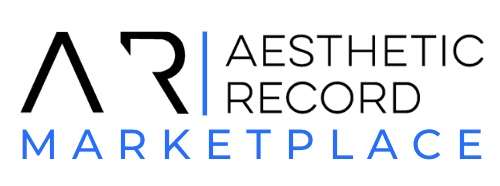
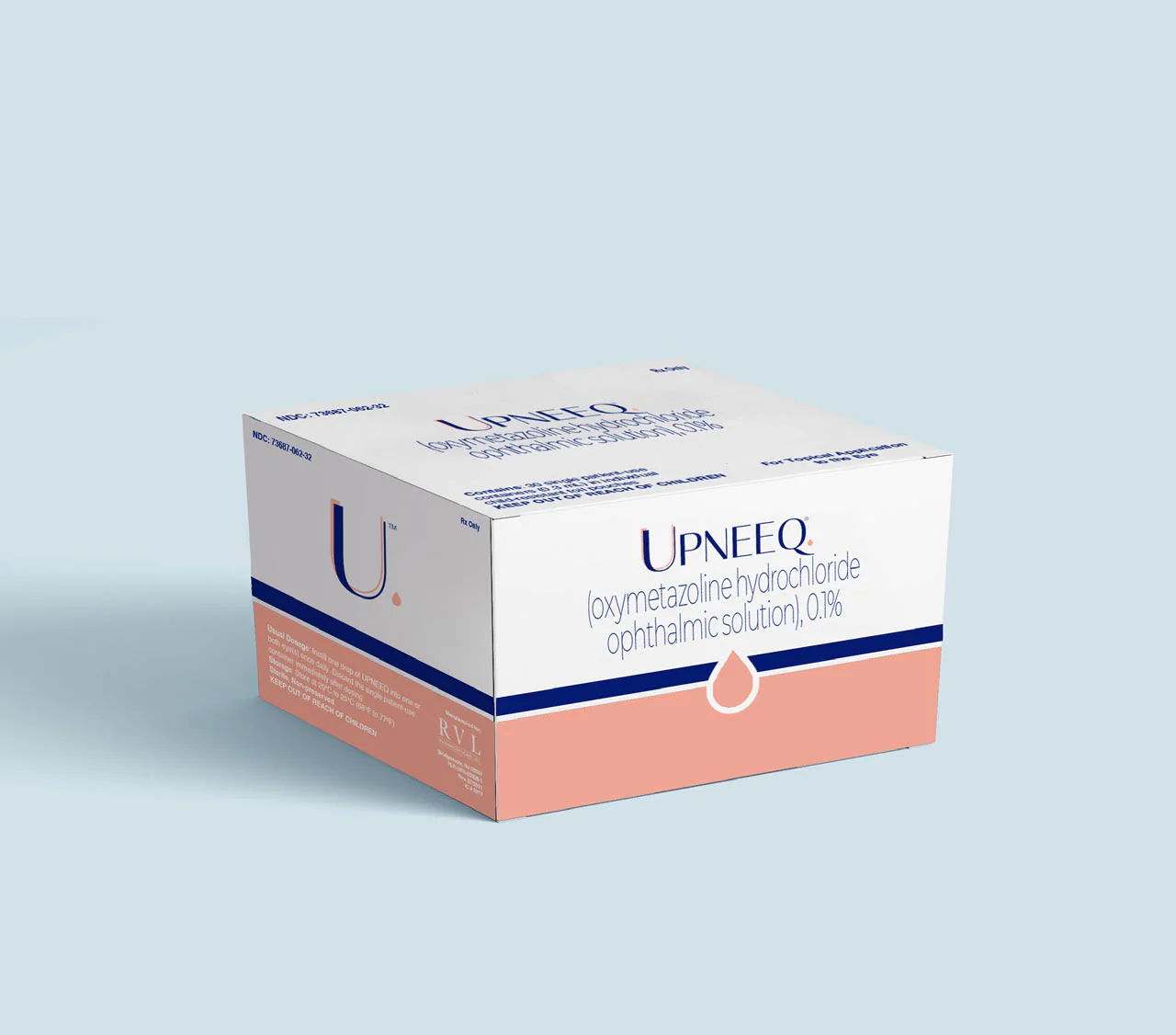
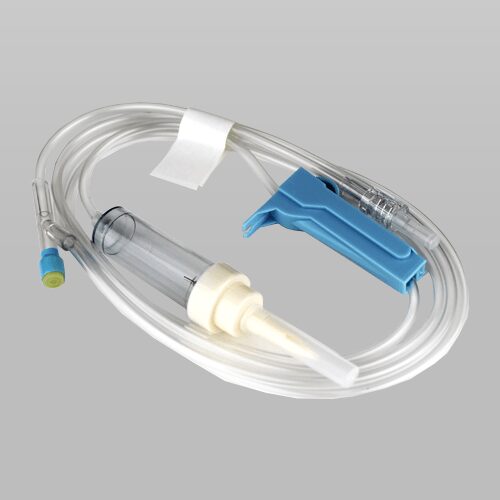
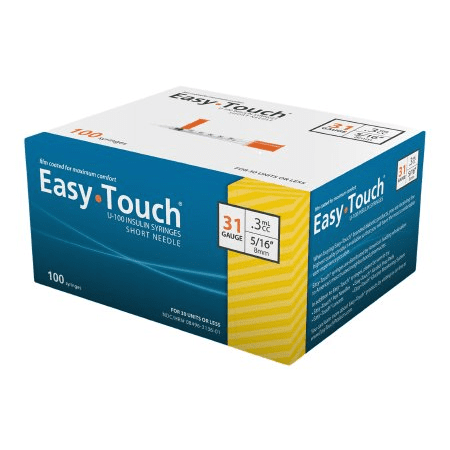
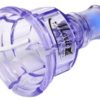
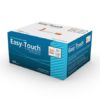

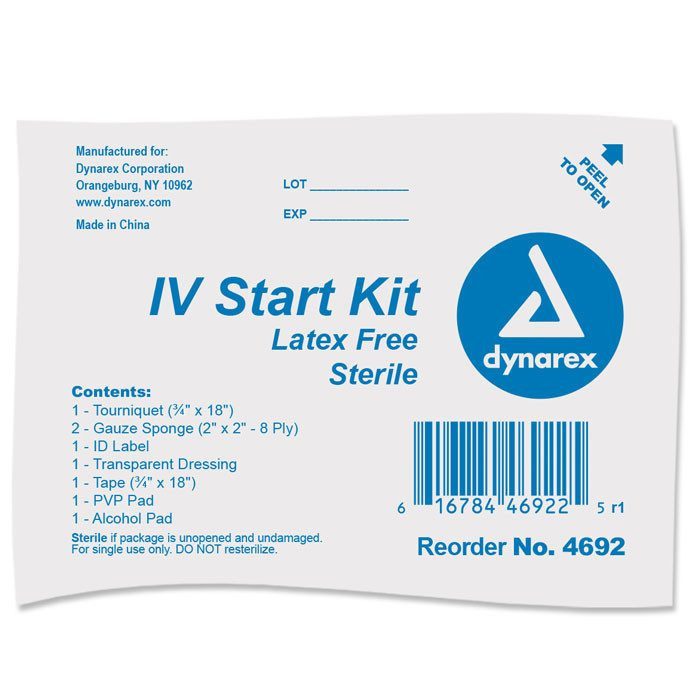
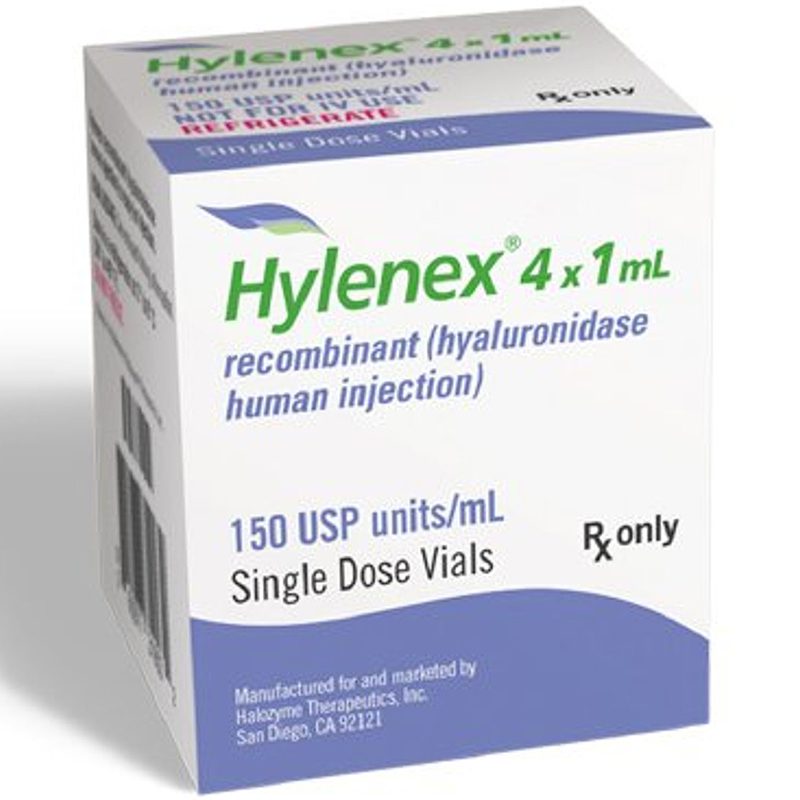
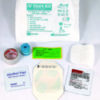
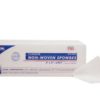
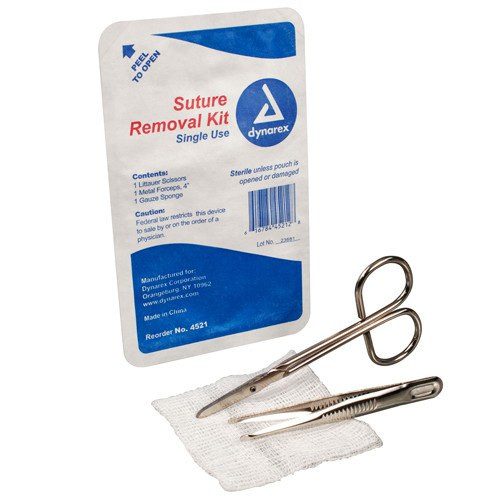
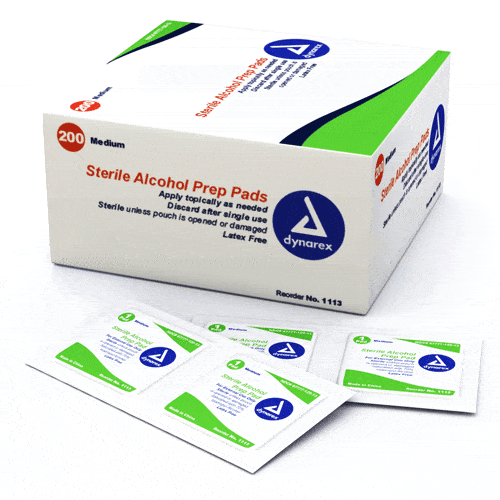
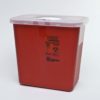
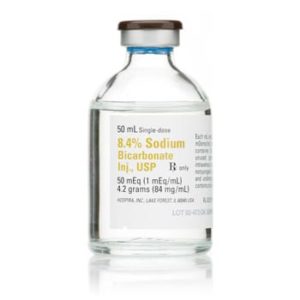
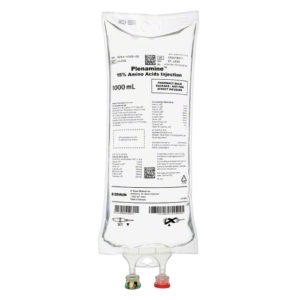
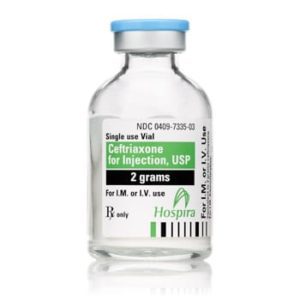

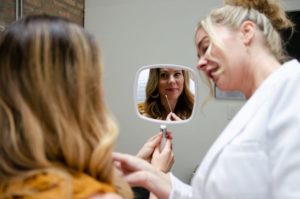
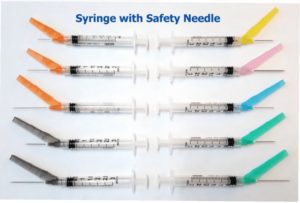

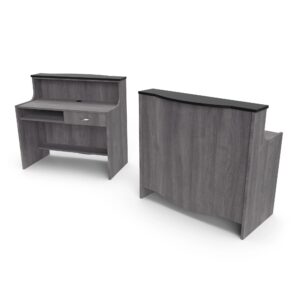
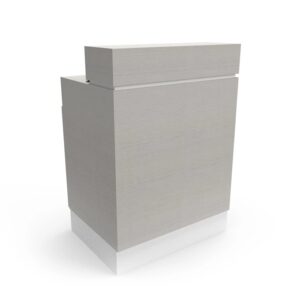
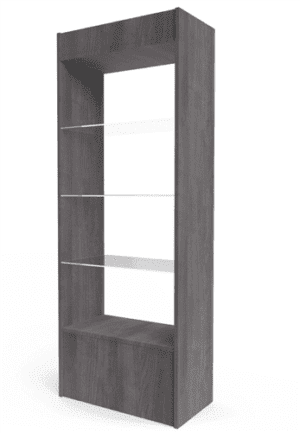
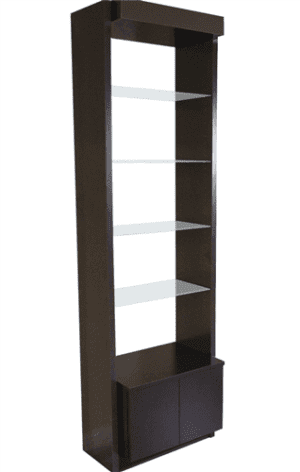
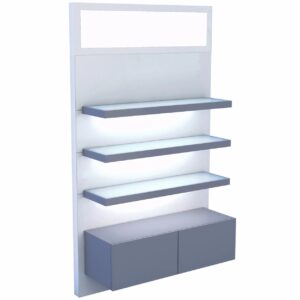

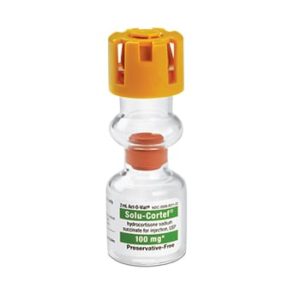
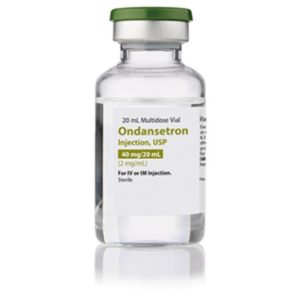
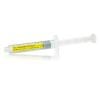
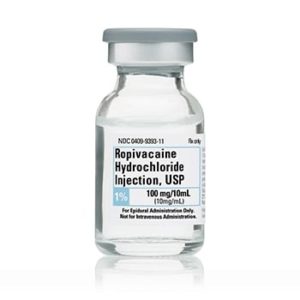








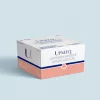
Reviews
There are no reviews yet.